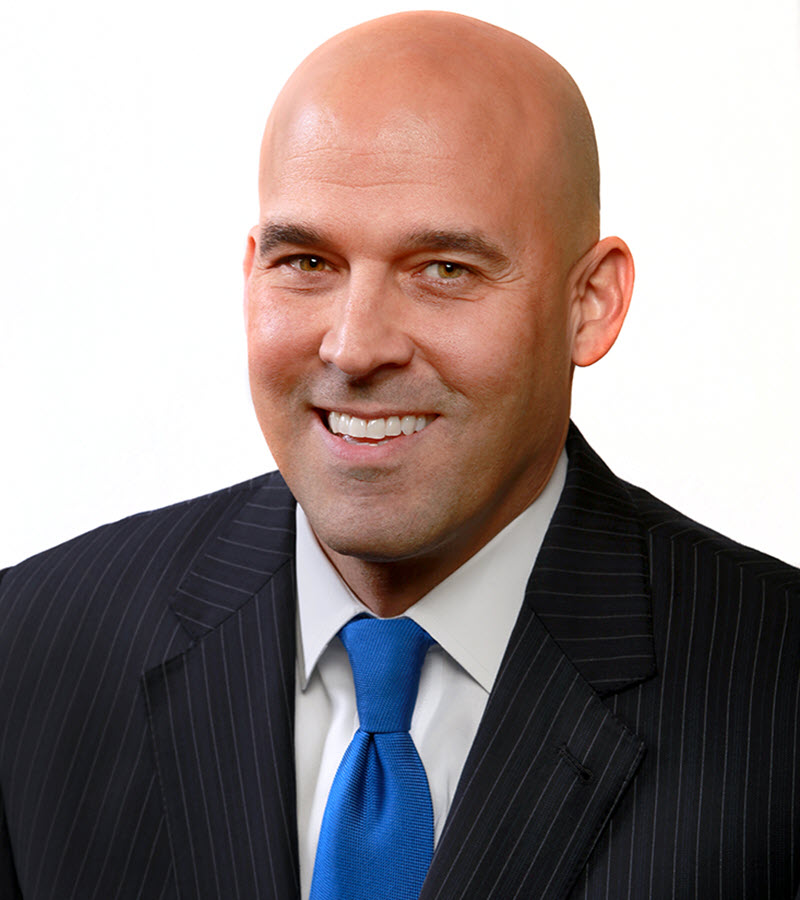Why Rural America Is Still Not Connected

"This is a huge problem for rural America, tribal lands, and even urban areas, where there are discrepancies from neighborhood to neighborhood, because the data does not drill down to a deeper level." -Tom Ferree, Chairman & CEO, Connected Nation
The internet is no longer a luxury. Its expansion into rural America is as important today as the expansion of electricity was in the 1930s. To be left out of a digital world is to be left out of the opportunity for better jobs, education, and healthcare.
It’s something lawmakers have realized and embraced. Over the last six months, more than a dozen bills have been introduced at the state and federal levels to expand broadband to those who find themselves on the wrong side of the digital divide.
But there is a question that needs to be answered before any infrastructure investment is made—who truly has access to broadband (high-speed internet) in America?
Right now, the Federal Communications Commission (FCC) relies on data from a federal filing, known as Form 477, to identify where the greatest need is and who does or does not have coverage. This data is submitted by Internet Services Providers (ISPs) themselves and, although it does give us a snapshot of some coverage, it’s not as accurate as you may think.
Here’s why: U.S. census blocks are used for collecting Form 477 data. If a few people have coverage in a census block, it’s reported as entirely covered. But imagine if the census block is an area that’s both rural and urban? Or, if the census block is unusually large, such as in Alaska where they can be as big as the state of Connecticut? It’s easy to see how some people may have coverage in this area but a large portion is left out. Despite that issue, the census block is being reported as covered.
This is a huge problem for rural America, tribal lands, and even urban areas, where there are discrepancies from neighborhood to neighborhood, because the data does not drill down to a deeper level. We see a snapshot from 10,000 foot level rather than up-close-and-personal where we can truly find the families, businesses, farmers, veterans, seniors, and others who are on the wrong side of this Digital Divide in our country.
Congress tried to fix it once before… here’s why it didn’t work
There was an effort in 2008 to collect better data, enabled by the Broadband Data Improvement Act, but it was done piecemeal—several different companies were awarded the work. Each state, through the State Broadband Initiative (SBI), was able to decide how to use the grant money to map where broadband service was available, where it could be expanded, and how to empower local “grassroots technology teams” to plan for better access.
Acting independently, each state hired nonprofits, for-profits, or used state agencies—some that had little to no experience mapping broadband services. That led to inconsistent results or compromised data that did not accurately map the broadband landscape. As a result, some unfortunate decisions were made regarding how billions in public and private dollars were spent and where broadband infrastructure was built.
We understand what happened because Connected Nation was among the companies who committed to doing the mapping and analysis work.
We were awarded just over 20% of the contracts and, because we handled the work needed in Alaska and Texas, we mapped 42% of the U.S. landmass. We used provider data coupled with field validation and consumer feedback mechanisms, allowing us the opportunity to consistently map specific technologies and refine those areas to a more accurate and granular level than was required by the submission requirements.
Others chose a different approach. At least one mapping agent decided to crowdsource the information using IP address transactions instead of mapping broadband coverage through infrastructure information. This led to depicting subscribed broadband rather than understanding where all broadband services were available. Multiple states did not produce models to determine fixed wireless access and instead showed the coverage as census blocks, buffered circles, or other large areas that drastically overstated where services were actually available.
How to include all Americans
As we work to close digital equity gaps and include all Americans, we must take a smarter approach to ensure accurate broadband data maps are used to find appropriate solutions—by forming a national clearinghouse for the collection and analysis of broadband data.
This would provide a viable path for a neutral, nongovernment party to collect data in real time and to do validation and auditing of that data. This was how we were so effective in producing accurate broadband maps years ago, because we played that very role in 13 states and territories and were able truly validate coverage.
We believe there should be more granular data collected nationally—at the street address or land parcel level of detail instead of by Census block. The data collection should include finding out each provider’s coverage abilities, auditing the information, and collecting discrepancies and demand for services from local citizens.
Only then can we have a true understanding of who has access and who doesn’t, which providers overlap each other or could easily extend services to more people, and where we should actually invest in building broadband infrastructure.
This is more important now than ever before because even as we mark Digital Inclusion Week, we’re seeing the digital divide widening in America as new technology is deployed. Connected Nation’s concern is what’s happening to individuals and families in urban and rural areas where they are not keeping up. It’s hard to do anything in the twenty-first century without adequate access.

We have a chance to get it right this time by authorizing the creation of a single, qualified, independent entity to oversee how data is collected and analyzed—in a way that protects sensitive provider information, while providing a mechanism for the government to get the information it needs to make more responsible funding decisions for broadband buildout. This simple solution to the challenge of ensuring no one living in this country is left out of what is an ever-evolving digital world.
Everyone belongs in a Connected Nation.
About the Author: Tom Ferree is the Chairman & CEO of Connected Nation (photo attached). He provides vision and leadership, guiding Connected Nation’s industry-leading efforts to bridge the digital divide and bringing economic vitality to communities through technology. During his tenure, CN’s portfolio has expanded and received acclaim as the leader in broadband mapping, planning, and program implementation. For more on Tom's background, click here
Broadcasting & Cable Newsletter
The smarter way to stay on top of broadcasting and cable industry. Sign up below
